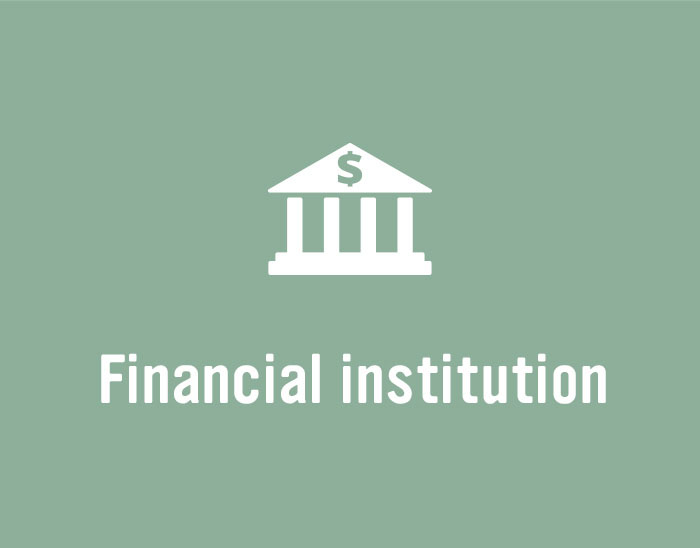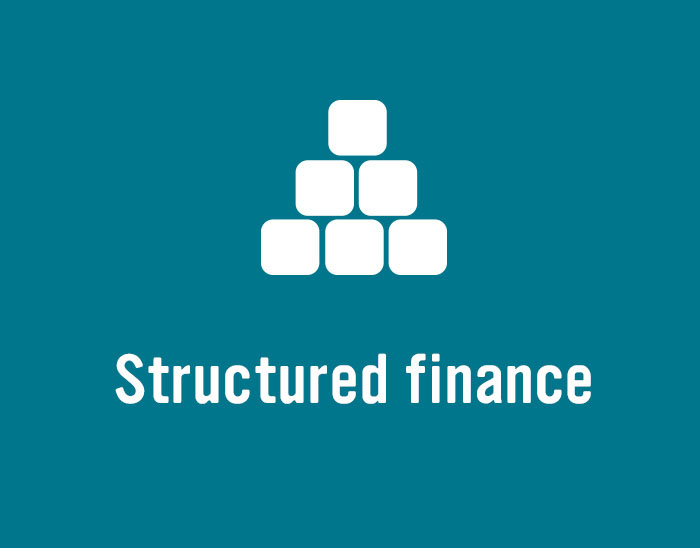
News

Australia’s securitisation market may be on the cusp of an environmental, social and governance acceleration. Clean Energy Finance Corporation, Moody’s Analytics and KangaNews Sustainable Finance gathered a group of leading securitisation investors to discuss buy-side requirements in this space – finding a need for more, and more granular, data.

This time last year was a time of transition for the New Zealand Sustainable Finance Forum. Perhaps most significantly, it launched its Roadmap for Action and formed a transition group – “SFF 2.0” – to move from the words of the roadmap to the actions it called for. The forum’s co-chair, Ross Pennington, updates on development.

The Australian Sustainable Finance Institute has a new board, a more permanent role and a freshly minted executive officer, Kristy Graham. The institute’s goals have not changed: to drive realignment of the Australian financial services system so more money flows to support sustainability. Graham updates KangaNews Sustainable Finance on developments including taxonomy progress and work with international peers.

Treasury Corporation of Victoria (TCV)’s funding projection for the next four years, released on 3 May in the wake of the state budget, highlights an ongoing elevated issuance task. TCV will need to issue around A$30 billion (US$21.3 billion) in each of the next three years before forecasting a requirement of nearly A$25 billion in the 2025/26 financial year.

Geopolitical tensions and their ramifications for inflation and rates are driving heightened anxiety among Australian investors, according to the latest Fitch Ratings-KangaNews Fixed-Income Investor Sentiment Survey. But investor responses are far from crisis levels.

The fixed-rate component of major bank deals in Australia has been notably higher in 2022. Market participants highlight various possible causes, though the most influential may be the pricing in of a more aggressive rate hiking curve than credit investors believe the central bank will deliver.

The Australian corporate credit market has shown resilience in 2022 despite heightened uncertainty and volatility. Inflation, rising rates and geopolitical risk – a potent mix that might once have led to Australian credit seizing up – have not stopped primary issuance. Participants at a Commonwealth Bank of Australia-KangaNews roundtable in April discuss the maturing Australian credit market’s pricing and deal execution value proposition.




